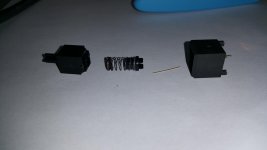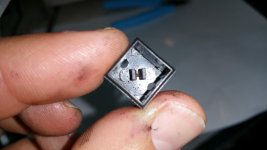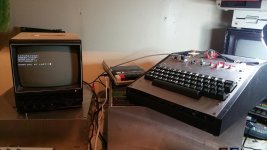falter
Veteran Member
Okay well.. that was the world's shortest problem. I don't know what I did (pressed in the connector super tight) but now it's working. At least, locally with Echo ON. I'll try with a terminal later.
If you have any thoughts on key repair/replacements anytime let me know Chuck. I can't see a way to get these buggers apart safely and get in there.. and even if I could I doubt I could get them back together again.
If you have any thoughts on key repair/replacements anytime let me know Chuck. I can't see a way to get these buggers apart safely and get in there.. and even if I could I doubt I could get them back together again.




